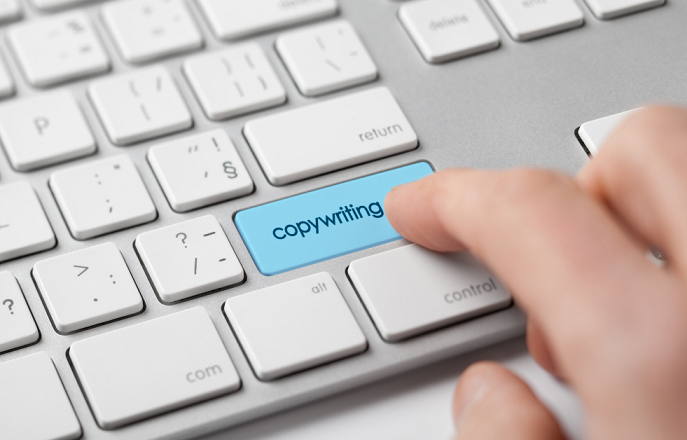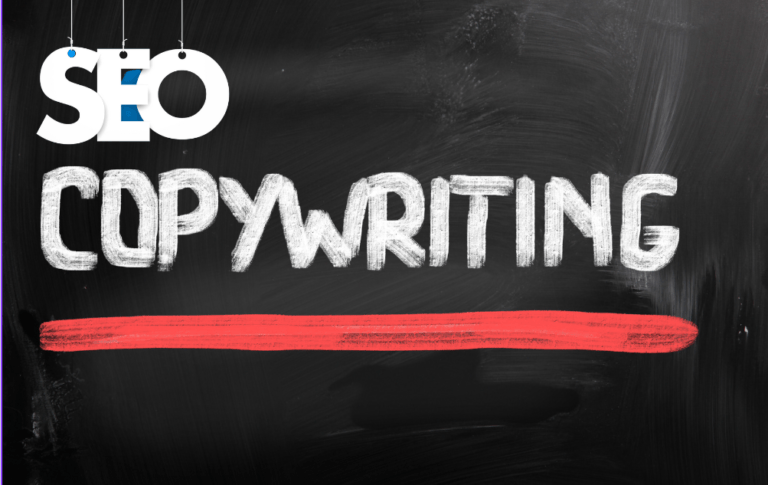Copywriting for Conversion – 5 Proven Strategies
Copywriting – without a doubt – is an essential tool for digital marketers, websites, and any company that wants to improve its sales. At the end of the month, it’s the numbers after that dollar sign that matter, not the traffic you get.
So what exactly is the concept of copywriting for conversion, and how does it compels the customers actually to buy your products? In this article, I’ll share 5 proven strategies you can use in your content to convert better. Let’s get down to it.
Copywriting for Conversion – The Basics
Before you start writing a killer copy, you have got to understand the basics of copywriting for conversion.
So, what is copywriting for conversion? It is anything that is written to persuade the reader to take an action. Conversion doesn’t require the reader to purchase something. It can be as simple as filling out an online form or making a phone call.
While such a copy itself is just simple text, the ways of using it are more than a few:
- Personalized ads
- Landing pages
- E-mails
- Product descriptions
Generating sales through a written form of media is indeed not an easy task to undertake. The simple reason is that it’s difficult and tedious to read text. The average attention span when reading is far lower than any other form of media.
That’s exactly why we need to take the help of psychology as well as employ a certain tone in our copy that compels the reader to take action.
With that in mind, let’s take a look at the 5 strategies that will make your copy more persuasive.
#1: Know Your Audience
Let’s be truthful. Whatever you write isn’t meant for everyone. Take the example of this blog post. Had I been addressing all mankind – rather the copywriters – the copy would have gained little attention. From what I know, the most essential part of the copywriting process is to know your audience.
Once you identify your audience, hook them with the use of personalized language that has a positive tone, and make it about them, not you.
It is all about familiarity and relatability when it comes to the choice of words. Will the use of jargon in your copy leave your audience confused and wondering what it means? If yes, then try to avoid it. Instead, make the reader feel like they’re talking to a friend or someone they can easily relate to.
If you want your copy to have an impact on the reader, then talk about them. Mention how the product or service you provide will improve the quality of their lives in their specific circumstances. Believe me, this approach would do wonders for your conversion rates.
#2: Start at the End
Before you start working on your copy, it is important to work out your end goals beforehand.
In order to make a successful copy, try to have a single goal in mind and fully focus on it. This goal should be the certain call-to-action that will end up converting the reader into a customer.
Always write around the end goal, and every persuasive trick you incorporate in your copy should be aimed at achieving it. Think of it this way. You’ve to take the readers to a certain goal. How’re you to succeed if you don’t know where you’re going?
Once you’ve pinned the goal, draw the path you want your reader to take to it. How? Well, AIDA is here to help you with that.
#3: Use the AIDA Strategy
AIDA is an acronym for Attract-Interest-Desire-Action. AIDA is your best friend as a copywriter.
It lays out a simple but effective order to capture the reader’s attention and create a sense of interest and desire for the product in them. This is followed by an easy-to-access call-to-action.
There reader’s attention is grabbed by a short, bold, and clear headline. It should communicate what your copy is about and be relatable to the audience you’re targeting.
To trigger interest, make a promise that you intend to fulfill. This is a benefit that the reader has to know about, and it will keep them hooked to your copy till the end.
The next step is to initiate a strong desire in the reader. It’s absolutely essential that you get personal with the reader and highlight the strongest benefit that you can offer.
End your copy with an easily accessible call to action. Given that they fit your audience persona, the reader should effectively perform whatever you ask of them if AIDA is incorporated aptly. The CTA could be signing up for a newsletter or simply following a social account.
#4: Format Your Copy the Right Way
If you don’t want the viewer to instantly flinch after viewing the huge block of text that is your copy, then make it skimmable.
While it is absolutely essential that your copy doesn’t have any fluff in it, you should also pace the paragraphs smartly.
For instance, the benefits should be in a separate, on-line paragraph to highlight their importance. Likewise, make the paragraphs short and bold the keywords – especially the ones calling your reader to action – to make them stand out.
You can further enhance the readability of your content by adding bulleted and numbered lists.
#5: Make Use of Reviews and Feedback
Nothing inspires trust and reliability in a company like 5-star reviews and positive feedback from other impartial customers.
While this isn’t part of your copy itself, your reader should be aware of your credibility before they proceed with the call to action. This is especially true if you’re asking a customer to purchase a product.
The placement of these reviews is extremely important. Make sure to place them close to the call-to-action button. In case the reader has any doubts about the trustworthiness you offer, the reviews will remind them of your company’s plausibility.
Wrapping Up
In a nutshell, to write a piece of copy that converts, you need to start by identifying your audience. Then, identify the action you want your reader to take and work your way backward by employing the AIDA strategy. Meanwhile, make sure the formatting is stellar. Lastly, don’t forget to embed customer reviews to seal the deal.







